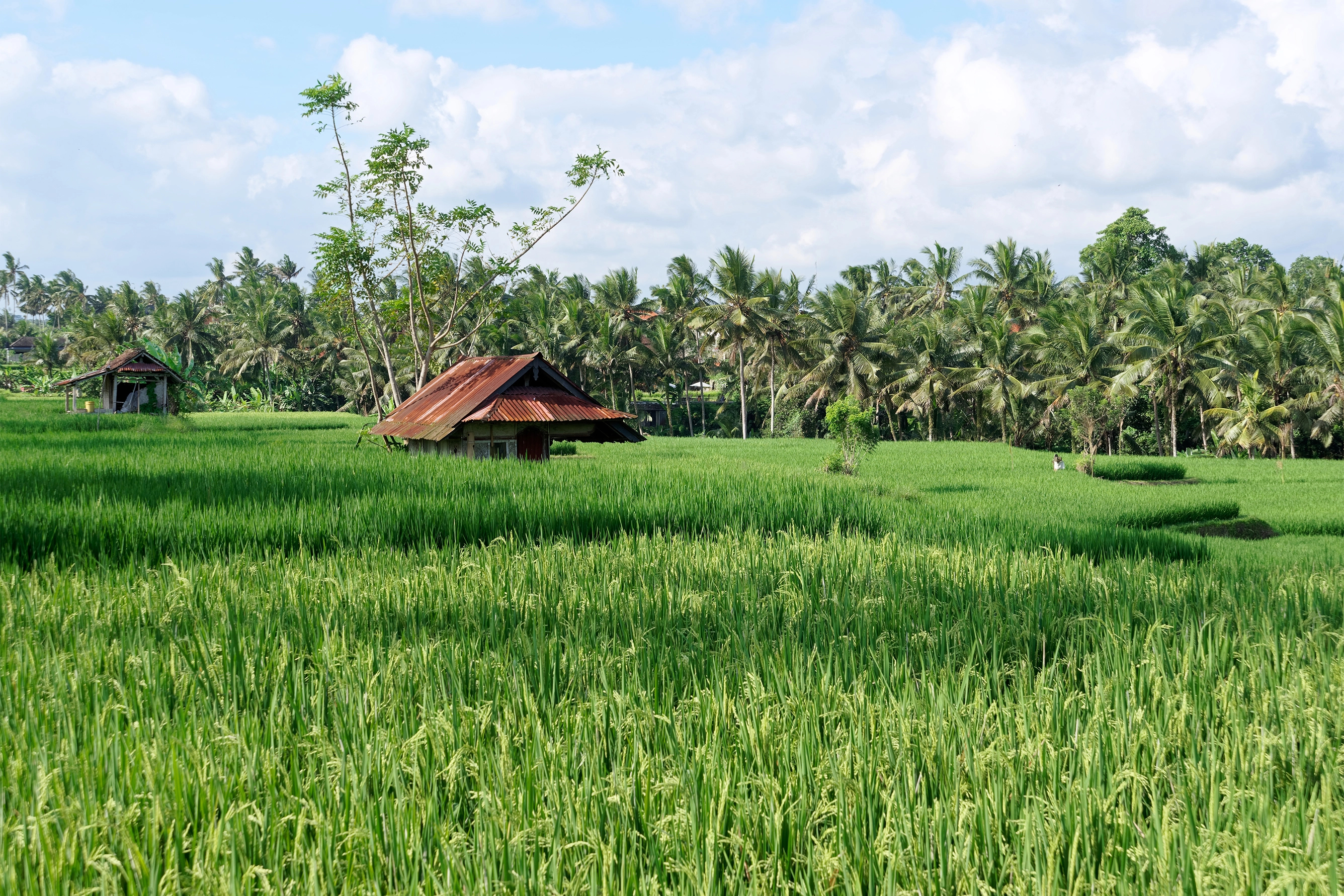
I’m sitting in Gunung Raung temple — a spectacular shrine to Vishnu in the quiet village of Taro, just outside Ubud. The air is tinged with smoke and there’s a stillness in the symphony of natural sounds: cicada song, a clucking hen, a distant dog-bark. We proceed to a tiled pavilion, sheltered by a maturing thatched roof, where a priest dressed in the obligatory white safari top, sarong and head-cloth, joins us for a cup of sweet Bali coffee and a conversation about his garden. There’s a powerful air of genuineness, and as the light filters through the incense smoke, I can’t help but feel charmed by the moment.
This is the unfiltered version of Bali many of us go searching for, but more often than not, in all the wrong places. You see, it’s easy enough to say that the holiday island has sold its soul to mass tourism, to focus on the traffic, development and pollution. But it occurs to me, on this sojourn to the island’s interior, that Bali in its essence is still very much alive, and the answer to experiencing it is simple: leave the towns.
Ubud is the first destination for many visitors seeking authentic Bali. And while the community itself remains steeped in tradition, there’s no denying that the modern world has made its mark here in a significant way. Travel just 20 minutes north of its centre, however, and you’re immersed in a completely different vibration. There’s lush jungle, eyefuls of farmland and charming traditional villages going about life the way they have been for decades.
Taro is one of these gems. It is basically untouched by the sight-seeing machine, apart from a few private villas, an elephant safari park and a sign welcoming visitors to “The tourism destination”. It’s the lack of actual tourist activity, however, that makes this hamlet so alluring. Women and men calmly tend to their rice-crops. The temples are ancient and mostly unadorned, full of mysterious raw energy. Even the dogs are relaxed — snoozing unflappably in the middle of the road. As you approach the village centre, winding through sleepy residential quarters and tree-lined ravines, you begin to understand why Bali has long fascinated artists, writers and academics from across the globe — why Nehru dubbed it “The morning of the world”. Out here, in the countryside, the island’s true colours are more pronounced: the greens more electric, the browns earthier. The culture lives and breathes right before your eyes with less bravado, but more purpose.
A large part of Taro’s allure comes down to its heritage. According to legend, the Indian priest Rsi Markandeya was sent here by the gods around the 8th century — Bali’s first Hindu settler. His legacy lives on through Pura Gunung Raung (the temple built to worship the Javanese mountain where he was inspired to visit Bali) and the sacred white cattle he brought with him all those years ago, which are still bred and protected in the village today. What’s most striking about this part of Bali, though, is how the community operates in synchronicity with nature. The local scriptures have a term for this: Tri Hita Karana, a three-tiered philosophy for harmony between man and the earth. It encompasses a connection to God through spirituality, to nature through farming and to other people through mutual respect. So, it makes perfect sense, then, that Bali’s agrarian heartlands — so completely balanced in all three aspects — generate such a resounding sense of peace.
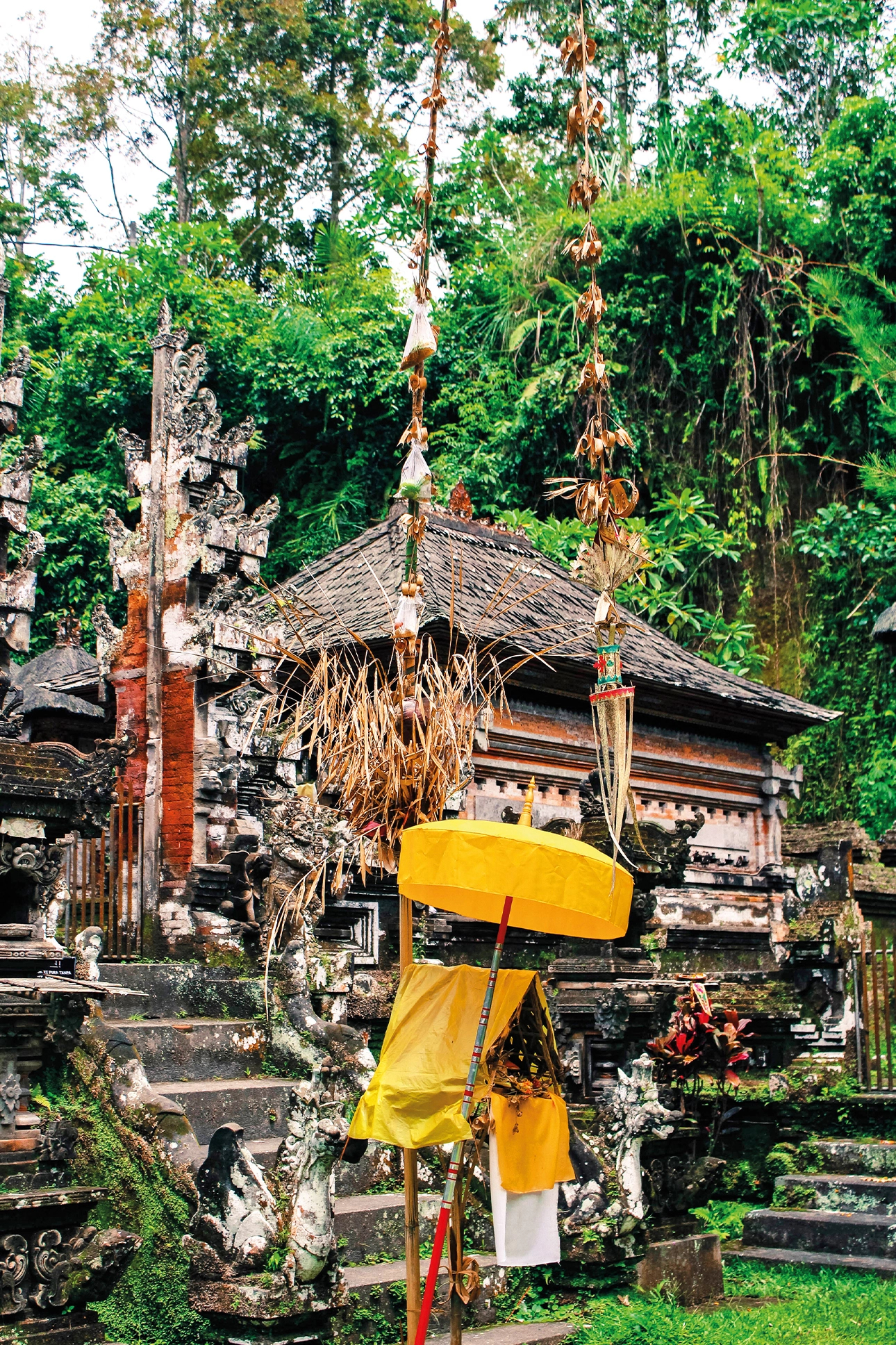
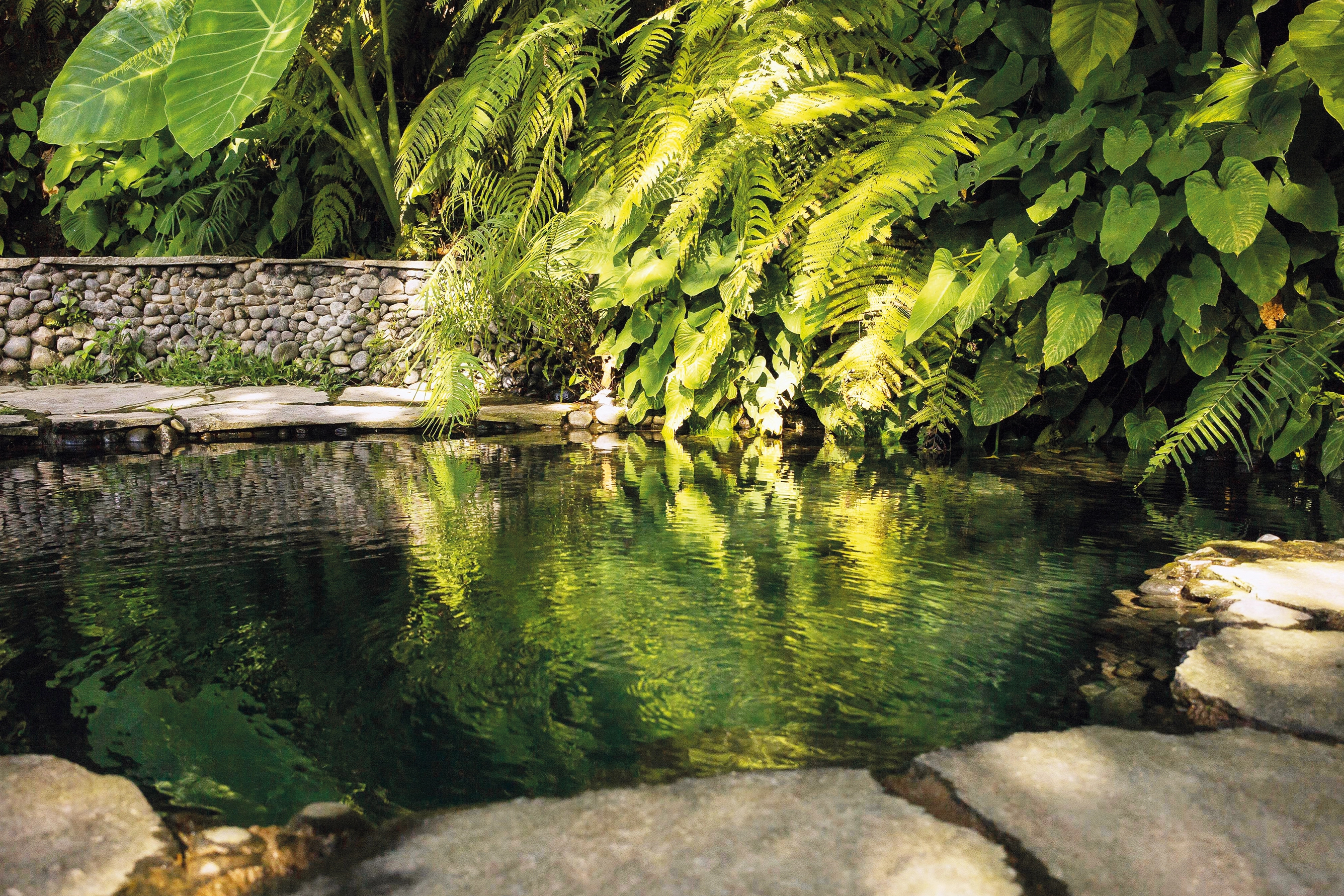
South-east of Taro, through more narrowly-set villages, undulating plantations and fertile bursts of forest, a village called Sebatu sits swathed in mystery and tradition. It’s best known for its exquisite water temple, Gunung Kawi Sebatu, an important pilgrimage point for Hindus from across the island. Spring water shoots from intricately carved channels into pristine bathing pools, where worshippers cleanse themselves and pray as part of the purification ritual known as Melukat. Higher up, in the village proper, a remarkable stone and clay brick gate opens up to the tranquil courtyard of the Pura Desa lan Puseh, or main temple. As far as temple complexes go, this is one of Bali’s most impressive and best preserved. The fine wooden pillars and hand-carved deities date back as far as the 11th century. Gracefully-aged stone walls and shrines depict various Hindu epics, including the Mahabharata and the Ramayana. The villagers pray here every full moon and new moon. And around October, the temple is gilded and draped in colourful fabrics and offerings for its annual odalan (a Hindu ritual for spiritual harmony) ceremony. While many of Bali’s religious customs have changed with the times, Sebatu’s community remains true to its cultural roots. Seeing the Pura Desa lan Puseh light up on the evenings of its odalan is incredibly moving. But observing this temple’s beauty in the light of day without the crowds is an equally powerful experience.
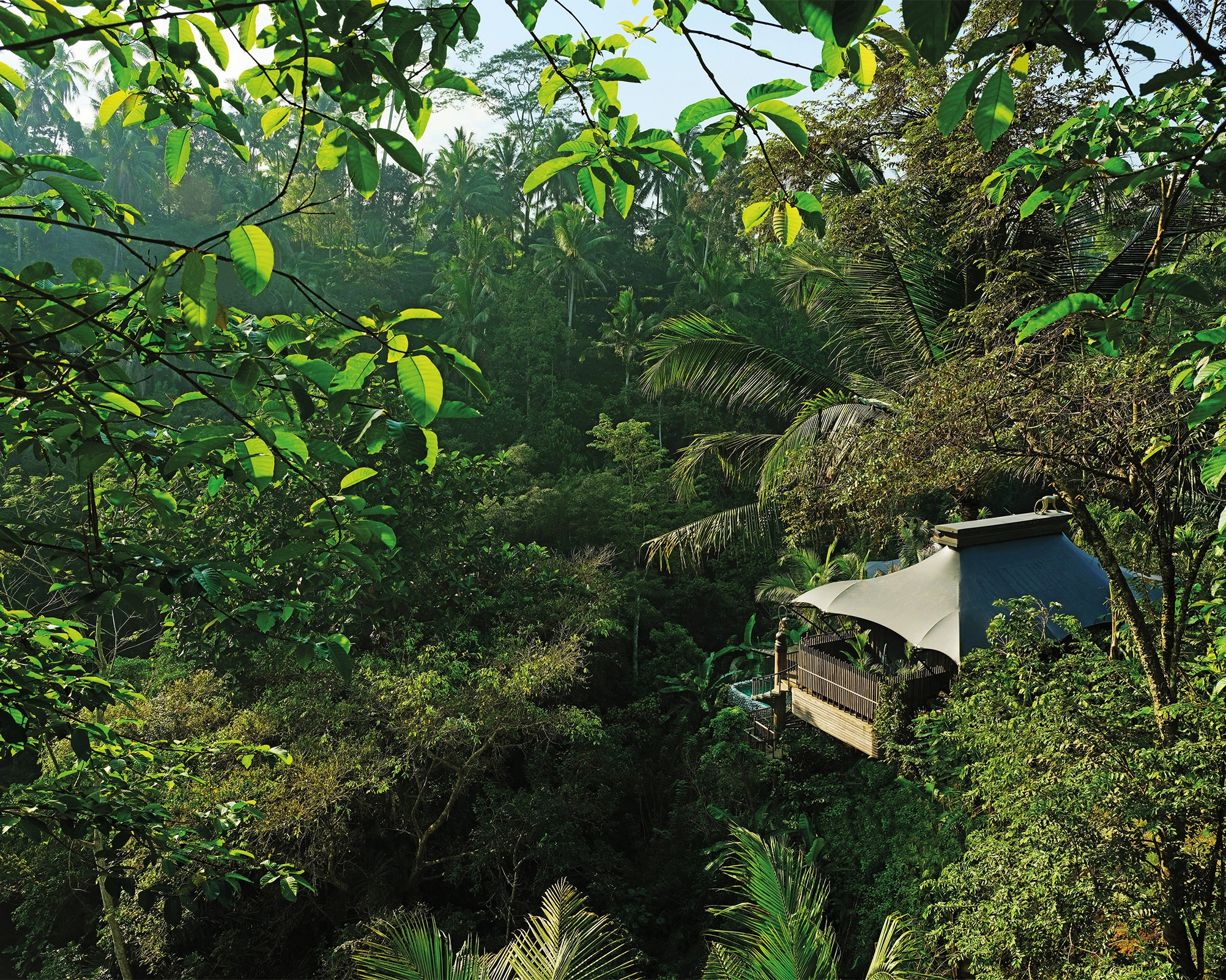
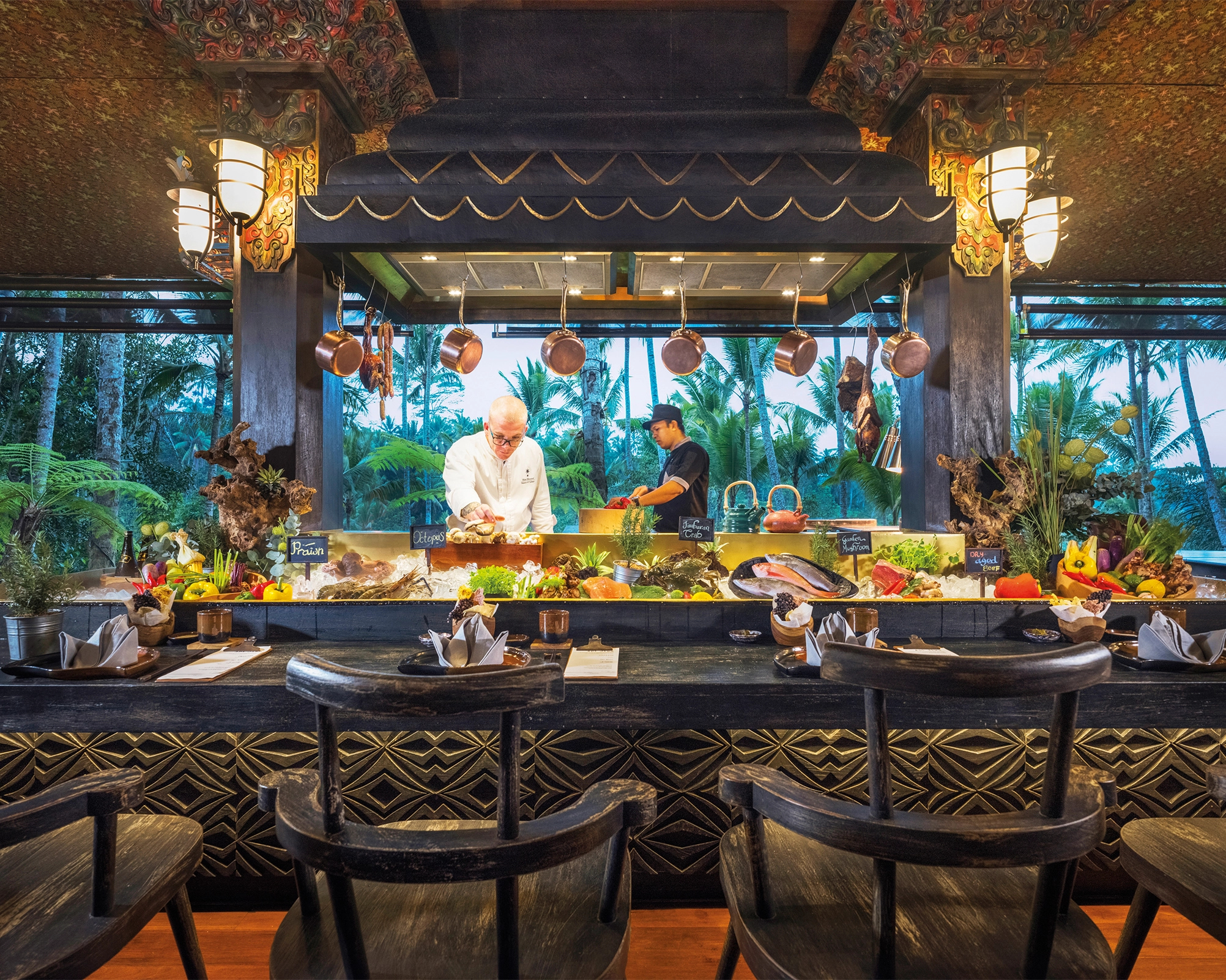
Greater Ubud also conceals many pockets of thoughtful luxury. A short drive from Sebatu, in the verdant village of Keliki, is Capella Ubud, Bali — a new high-end permanent camp with an ecologically-minded philosophy and a serious design edge. The 23 plush tents, designed by celebrated Asia-based architect Bill Bensley, blend seamlessly into their wild surroundings. They’re built from ironwood pillars and rafters, held together without cement, and topped with dark canopies that sit inconspicuously amid the trees. Step inside, however, and the fit-outs sparkle: colourful antiques pop against textured natural walls, old travel trunks conceal decadent in-room refreshment bars, bright textiles juxtapose smartly with the wild greenery beyond. This is a luxury property, not an eco-resort, but the environmental consideration is strong. There are no buggies to cart you around the vast terraced grounds. At the poolside bar, Mortar and Pestle, blenders and espresso machines are shunned to preserve the silence of the valley beyond. Vegetables, pork and poultry for both of Capella’s restaurants are sourced from local farmers; herbs from the in-house nursery; honey from its own apiary. It’s a resort that enhances the land, rather than dominate it.
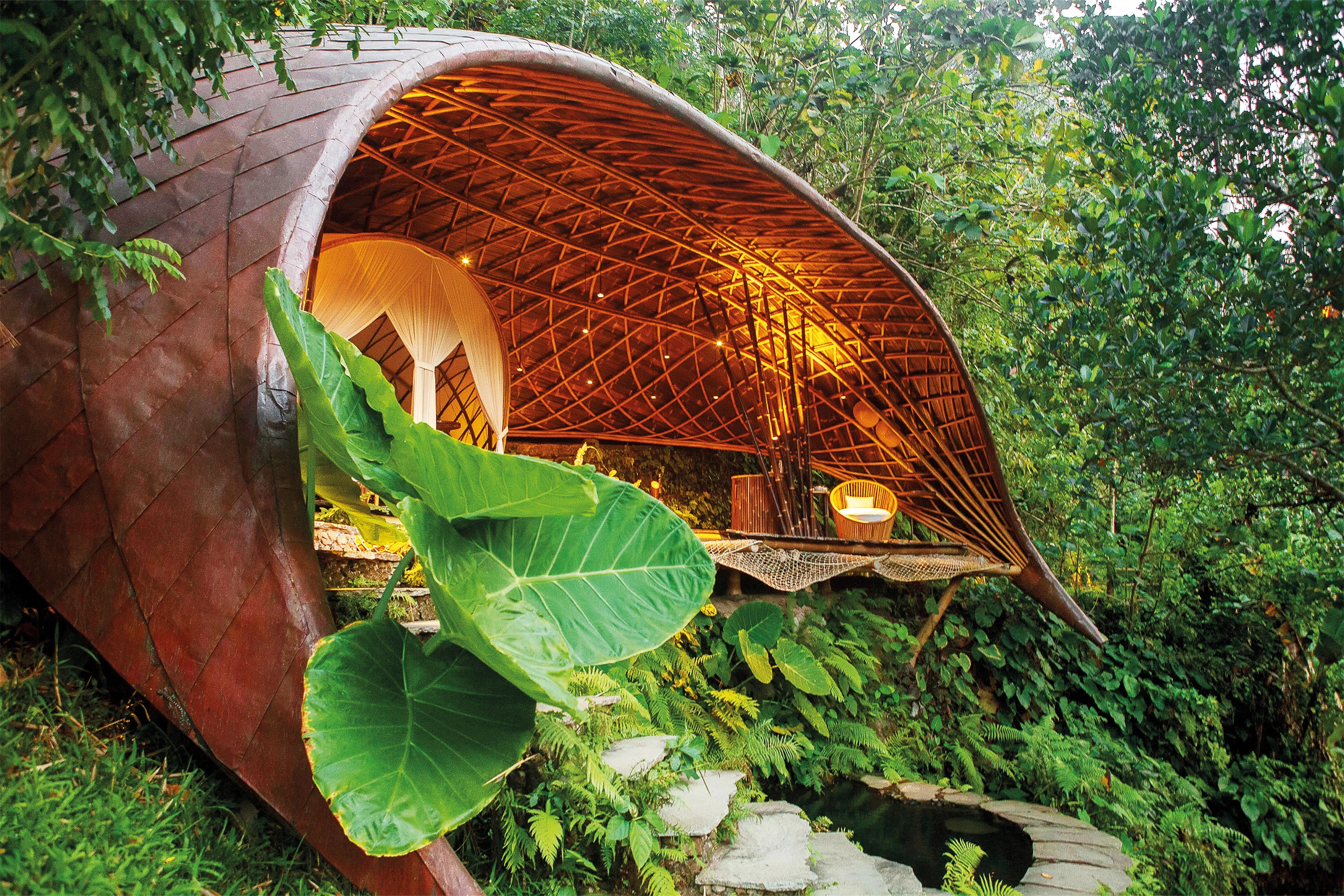
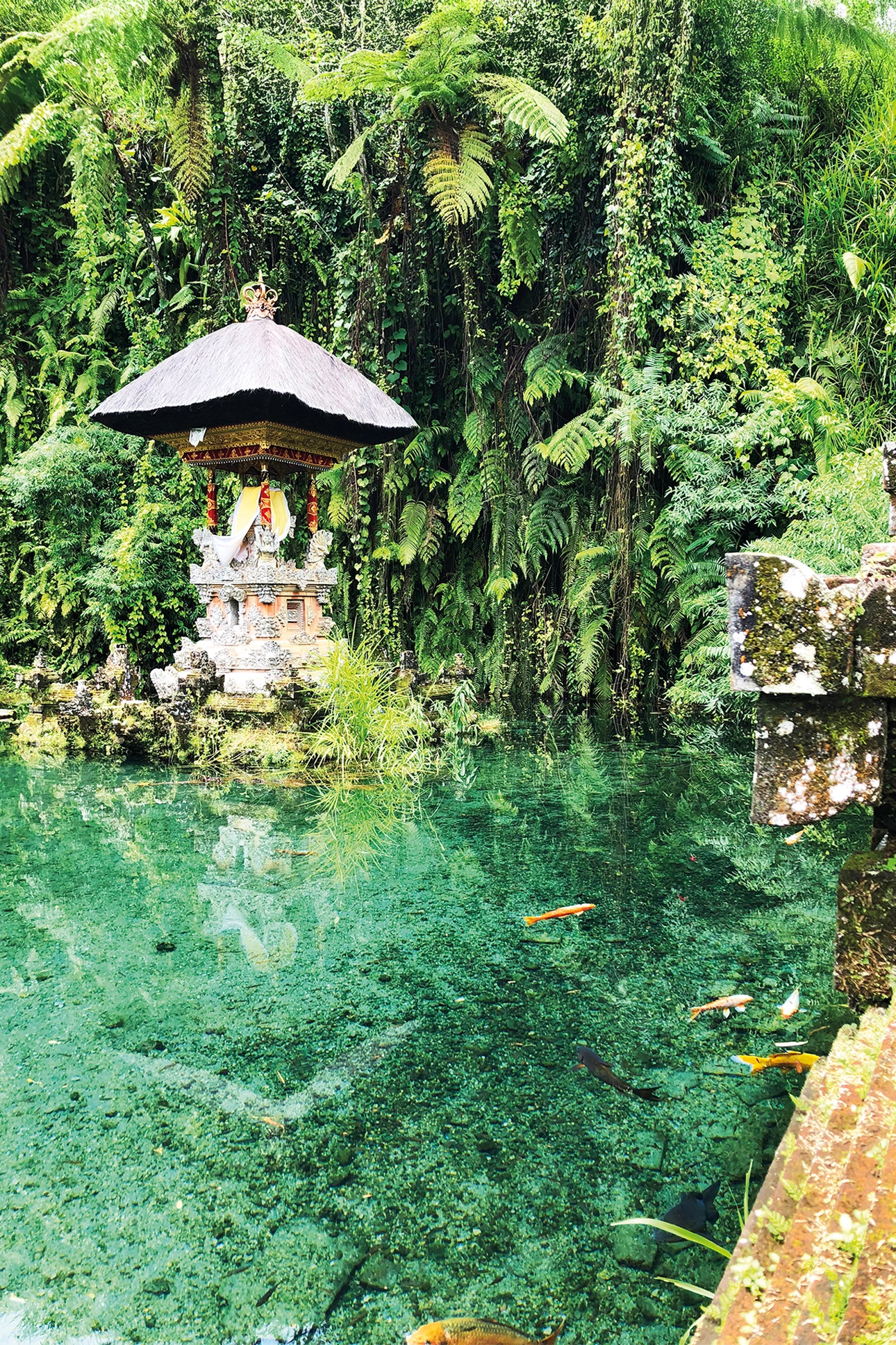
Closer to the heart of Ubud, along the breathtaking Sayan Ridge, the Bambu Indah Resort operates with an even stronger ecological focus. Owned by American designers-cum-environmentalists John and Cynthia Hardy, the lush estate comprises 18 bamboo and antique Indonesian houses, meticulously fitted-out and laden with character. The permaculture garden at the heart of the property generates the bulk of the restaurant’s organic ingredients. The central pond-like swimming pool is filled with fresh water and cleaned every full moon. But the real magic lies down by the meandering Ayung River, where the riverbank has been transformed into a complex of sparkling natural bathing pools, replete with rope swings, little wooden lounge-decks, and trickling waterfalls. The exquisite copper-roofed River Bend House and the hotel’s resident cow are to the right; an open-air dining pavilion that turns out wood-fired local eats is to the left. Look around and you’ll notice that imperfect shapes are a strong theme here. Rounded bamboo swing-chairs dangle from towering tree branches; the boardwalks are unpolished and uneven; circles and waves are chosen in favour of straight lines. This is a place that extracts one from the confines of modern linear life and casts one into a bohemian paradise that’s perfectly tuned to the natural scenery around it. Conservation is an integral part of Bambu Indah’s philosophy. Guests are invited to join John Hardy on trash collection walks through the valley and along the river — a gentle reminder, perhaps, that as travellers we, too, have an obligation to preserve our temporary homes.
Rolling through the village of Sayan and back into Ubud, I notice a change in my consciousness. I can now appreciate the restaurants, the twinkling lights and the busy-ness, knowing that this doesn’t equal the demise of Bali as we once knew it. Because just a short drive north, beyond the town’s border, an unadulterated Bali exists, and it will continue to do so with the support of respectful businesses and visitors. As I turn into Ubud, a temple procession brings the traffic to a standstill. I hit the brakes, look out the window and smile.
Capella Ubud, Jl. RY Dalem, Keliki, Tegallalang, Kabupaten Gianyar, Bali 80561; (0361) 2091888.
Bambu Indah, Jl. Banjar Baung, Desa, Sayan, Ubud, Kabupaten Gianyar, Bali 80571; (0361) 977922.
_________________________________________________________________________________________________________
Food and travel journalist Maya Kerthyasa has written for a host of titles — Australian Gourmet Traveller, Cathay Pacific and Broadsheet among them. She now lives between her two home countries, Indonesia and Australia, writing and hosting food- and creativity-based experiences. Her upbringing in Ubud, Bali, as a member of the royal family, has nurtured a unique outlook on Balinese cuisine and culture.